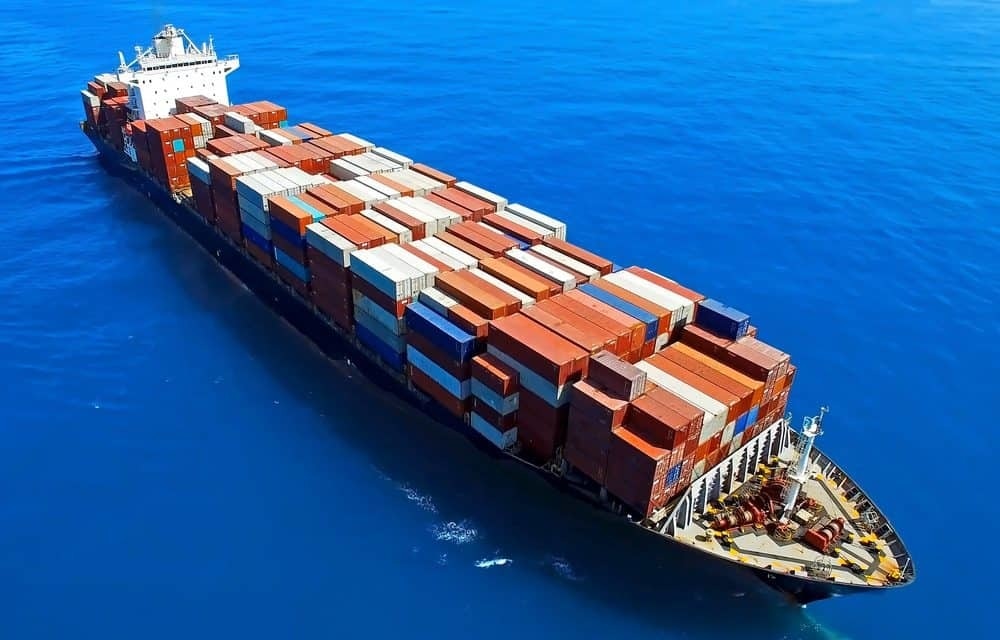Import decreases 16.2 percent to $ 38 billion in 10 months
- In April 2020 country’s imports declined by 32 percent and were remained at $ 3.2 billion compared to $ 4.7 billion in April 2019.
ISLAMABAD: The total country’s imports decreased to $ 38 billion from July-April 2019-20 as compared to $ 45.4 billion the same period of last year thus registered a decline of 16.2 percent the lowest level in last four years.
According to Economic Survey, 2019-20 launched here on Thursday, in April 2020 country’s imports declined by 32 percent and were remained at $ 3.2 billion compared to $ 4.7 billion in April 2019.
The main reason was suppressed demand for a wide range of energy and non-energy products also evident from falling crude oil prices which became a blessing in disguise for Pakistan.
Due to depressed industrial demand, there is lower import in quantum complemented with lower international commodity prices especially crude oil, LNG, coal, and metals.
To facilitate importers in the COVID-19 period, State Bank of Pakistan (SBP) has extended the time period for import of goods into Pakistan against advance payment from the existing requirement of 120 days to 210 days.
Enhanced the existing limit of US$ 10,000/, or equivalent in other currencies, per invoice allowed to banks to make an advance payment on behalf of manufacturing and industrial concerns and commercial importers for import of raw material, spare parts and machinery to US$ 25,000/.
These measures are in continuation of facilitating export-oriented industries and manufacturing concerns in the backdrop of ease of doing business and promoting exports' growth and will further contribute to improving the economic outlook of the country.
During FY2018, the growth momentum became unsustainable due to macroeconomic imbalances mainly due to high current account deficits.
The maintained exchange rate accelerated the domestic demand which led to a massive surge in imports due to high consumption expenditure and government spending.
The government started tackling the challenge primarily by managing the aggregate demand and addressing the deep-rooted structural problems.
They took difficult decisions in reducing the overvaluation of the exchange rate and aligned it to the market value-based exchange rate adjustments.
Further, import tariff was imposed on non-essential items.
The present government imposed up to 60 percent regulatory duties on 570 luxury and non-essential imported goods to curtail the rising imports.
Thus, during July-Feb FY2020, imports remained US$ 31.5 billion compared to US$ 36.6 billion showing a decline of almost 14 percent. Hence, trade deficit was contracted to 26 percent.























Comments
Comments are closed.